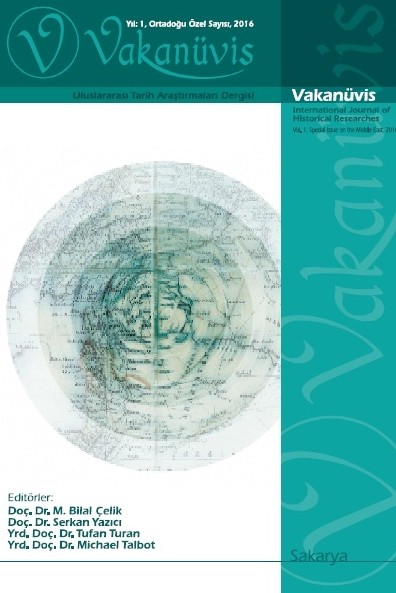XVI. Yüzyılın İkinci Yarısında Üretimden Pazara Osmanlı Köylüsünün Karşılaştığı Yapısal Sorunlar Ve Bu Sorunlara Karşı Merkezi Yönetimin Aldığı Tedbirler
Structural Problems of Ottoman Peasants From the Production to the Market and Measures Taken by Central Administration Against these Problems in the 2nd Part of the 16th Century
Author(s): Savaş YılmazSubject(s): National Economy, Agriculture, Economic history, Political history, 16th Century, The Ottoman Empire, Fiscal Politics / Budgeting, Socio-Economic Research
Published by: Serkan YAZICI
Keywords: Sixteenth Century; Ottoman Empire; Imperial Council; Peasant; Production; Scarcity; Tax; Reform;
Summary/Abstract: The main element of the Ottoman socio-economic structure consisted of production and supply-demand balance. The main source of production was agriculture and agriculture-related factors. For this reason, the elements of production in rural areas have always been under the control of central government. During the agricultural production process, the peasants faced some problems. In this context, the peasants who presented the negativity to the Imperial Council, wanted to be informed about what measures the central government took. It was necessary to investigate how the peasants behaved in the face of both human-related problems and the problems they faced during the period from the process of the agricultural fields where the seeds met to the marketing of the proceeds.It was explained that the peasants continued classical farming methods and made agriculture dependently on climatic conditions and what kind of measures the central government took against the abuse of the peasants in taxation by some civil servants.Here, the determination of the state's function against the chronic problems of the peasants was very important. The Ottoman State attached great importance to the cultivation of agricultural lands and the collection of taxes to be collected from the peasants. However, apart from the classical agricultural activities of the peasants, it was neither able to organize the peasants to cultivate their land, nor could fully prevent them from being exploited by the collectors and by the nomads and the bandits.In this context, the central government in the second half of the sixteenth century emphasized that the tax revenues provided in rural areas should not be reduced and that the cities would not have difficulties in providing basic foodstuffs (cereals and meat etc.). In the second half of the sixteenth century, the problems faced by the peasants who constitute an important pillar of agricultural production, from production to market, the difficulties they faced in the marketing of the products they have grown and the effects of the problems on agricultural activities were examined with reference to the registration books. Among the most important income items of the state were taxes on agricultural activities.In this context, from production to market, the effects of human and natural problems on production faced by people / peasants who have an important place in socio-economic structure and what kind of decisions the Ottoman State took after the problems faced by the peasants were presented to the Imperial Council were investigated.
Journal: Vakanüvis- Uluslararası Tarih Araştırmaları Dergisi
- Issue Year: 4/2019
- Issue No: 2
- Page Range: 746-778
- Page Count: 33
- Language: Turkish

